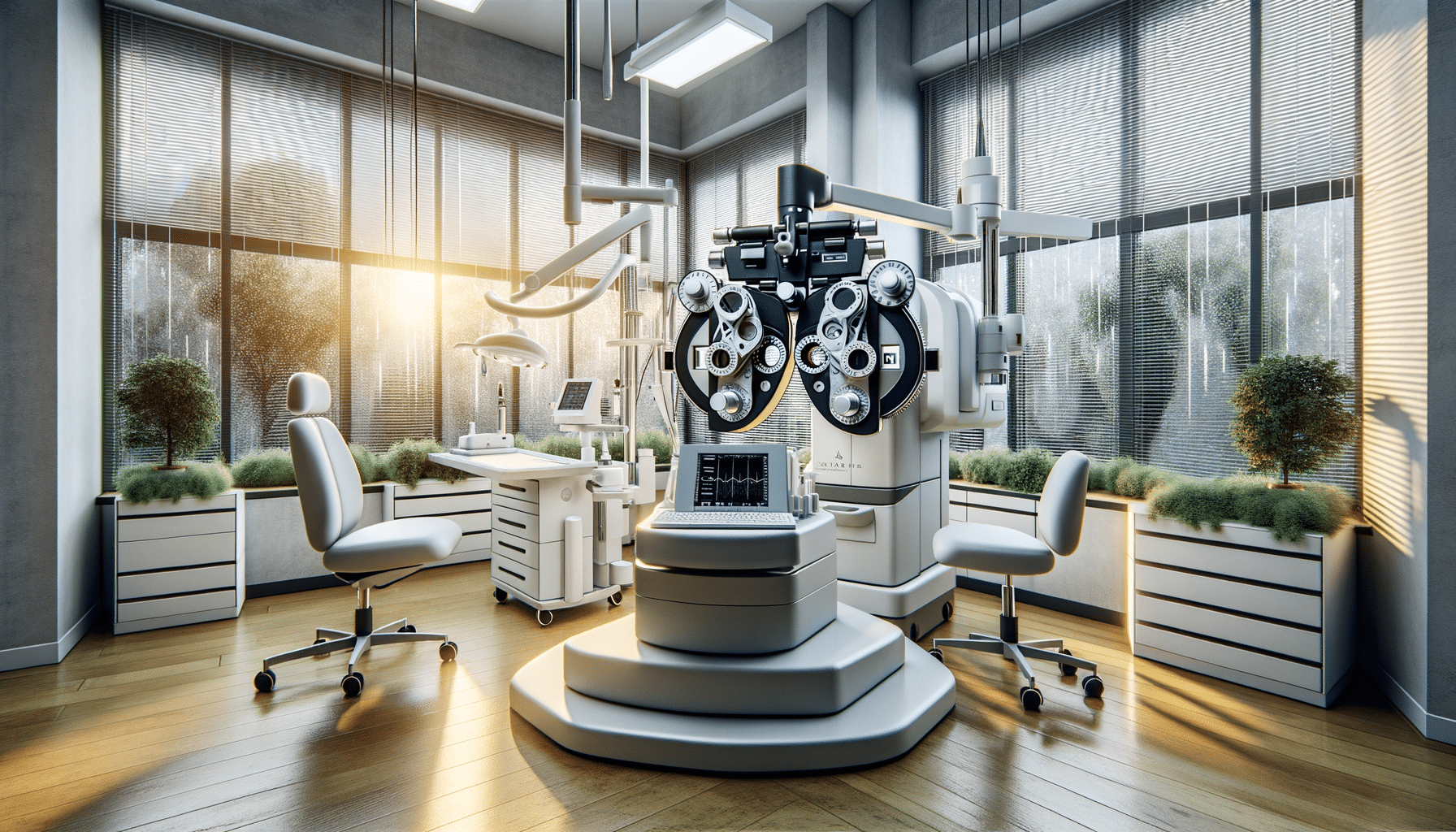
Understanding LASIK Surgery: A Comprehensive Guide
Introduction to LASIK Surgery
LASIK surgery has transformed the field of ophthalmology by offering a viable solution for those seeking freedom from glasses and contact lenses. This procedure, which stands for Laser-Assisted In Situ Keratomileusis, reshapes the cornea to correct refractive errors such as myopia, hyperopia, and astigmatism. The significance of LASIK surgery lies in its ability to provide rapid visual recovery and a high success rate, making it a popular choice for vision correction.
Understanding the intricacies of LASIK surgery is crucial for anyone considering this procedure. It involves using laser technology to precisely alter the corneal tissue, thereby improving the eye’s ability to focus light correctly onto the retina. With advancements in technology, LASIK has become more precise and safer, offering patients a chance to achieve clear vision without the need for corrective eyewear.
How LASIK Surgery Works
The LASIK procedure is a meticulously planned surgical intervention that begins with a comprehensive eye examination. This pre-operative assessment ensures that the patient is a suitable candidate for the surgery and helps in customizing the procedure to the individual’s specific refractive error. The surgery itself is typically quick, often completed within 30 minutes for both eyes.
The process involves creating a thin flap on the cornea using either a microkeratome blade or a femtosecond laser. This flap is then lifted to expose the underlying corneal tissue. An excimer laser is used to reshape the cornea by removing microscopic amounts of tissue, allowing light to be focused more accurately on the retina. Once the reshaping is complete, the flap is repositioned, acting as a natural bandage that facilitates rapid healing.
Benefits of LASIK Surgery
LASIK surgery offers numerous benefits that have contributed to its popularity. One of the most significant advantages is the quick recovery time, with many patients experiencing improved vision within 24 to 48 hours post-surgery. This rapid visual recovery is accompanied by minimal discomfort, making the procedure highly appealing.
Another notable benefit is the long-term cost-effectiveness. While the initial investment may seem substantial, the reduction in the need for glasses or contact lenses can lead to significant savings over time. Furthermore, LASIK surgery is known for its high success rate, with a majority of patients achieving 20/20 vision or better, enhancing their quality of life by eliminating the dependence on corrective eyewear.
Risks and Considerations
Despite its benefits, LASIK surgery, like any surgical procedure, carries certain risks. Potential complications include dry eyes, glare, halos around lights, and under- or over-correction. These side effects are generally temporary and resolve within a few weeks to months post-surgery. However, it is crucial for patients to be aware of these risks and discuss them thoroughly with their ophthalmologist.
Candidacy for LASIK surgery is another essential consideration. Not everyone is an ideal candidate for LASIK. Factors such as age, corneal thickness, and overall eye health play a vital role in determining eligibility. A comprehensive pre-operative evaluation helps in assessing these factors and ensuring the procedure’s safety and effectiveness.
What to Expect During and After the Procedure
Undergoing LASIK surgery involves a few preparatory steps. Patients are advised to stop wearing contact lenses a few weeks before the surgery to allow the cornea to return to its natural shape. On the day of the surgery, patients should arrange for transportation, as they will not be able to drive immediately after the procedure.
During the surgery, patients are typically awake and may experience slight pressure on the eye but no pain, thanks to the numbing eye drops used. Post-surgery, patients are given specific instructions to aid recovery, including using prescribed eye drops, avoiding strenuous activities, and protecting the eyes from direct sunlight.
Follow-up appointments are crucial to monitor the healing process and ensure optimal results. Most patients can return to their daily activities within a few days, enjoying the newfound clarity and freedom from corrective lenses.


